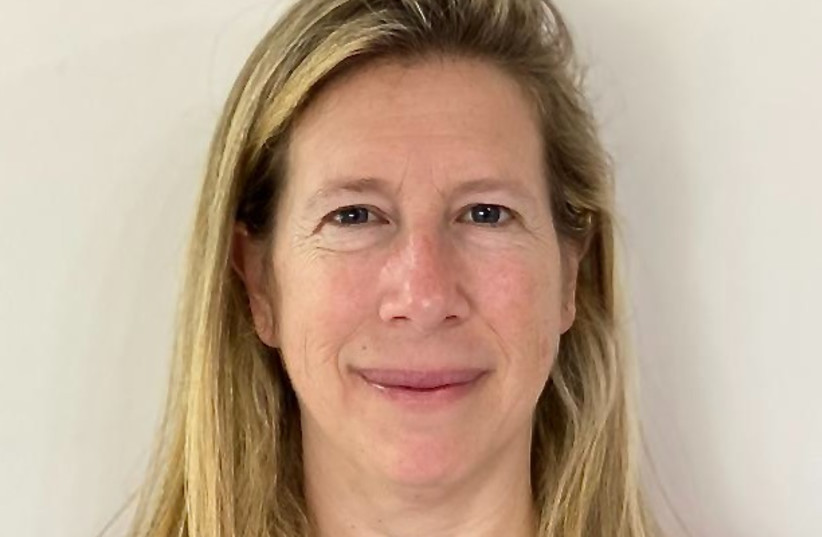Two new Israeli studies found that the contribution of well-trained medical clowns goes far beyond just creating a good mood for patients. According to researchers from Tel Aviv University (TAU) and the Israel Center for Medical Simulation (MSR), “medical clowns help not only the hospitalized but also parents, the medical team and the achievement of therapeutic goals. Through various communication skills, clowns enable patients to overcome crises and move towards healing.”
Medical clowns work in a team with other therapists to intervene when an argument or crisis arises, help to overcome it and advance treatment.
The researchers identified 40 different skills that medical clowns have, including establishing an emotional connection and creating a personal relationship with the patient, expressing the patients’ voice about their frustrations and difficulties to the medical staff, increasing their motivation to adhere to the medical treatment, distracting the patient from pain and creating an atmosphere of games and play.
The research was done at TAU
The research was conducted under the leadership of Prof. Orit Karnieli-Miller, with Dr. Lior Rosenthal, both from TAU’s department of medical education, in collaboration with Ms. Orna Divon-Ophir, Dr. Doron Sagi, Prof. Amitai Ziv and Liat Pessach-Gelblum from MSR. It was published in Qualitative Health Research, a leading journal in the field of health, under the title “More Than Just an Entertainment Show: Identification of Medical Clowns’ Communication Skills and Therapeutic Goals.”
The pioneering non-profit Israeli organizations that train and dispatch medical clowns are Dream Doctors, with 100 of them working in 31 hospitals with 200,000 patients every year.

Becoming a Dream Doctor requires not only exceptional talent and training, but also a special kind of professional background in performance arts like street theater and pantomime.
The training process includes a five-month intensive program. There is even a one-year bachelor’s degree program in medical clowning.
The other group is Simchat Halev, which permanently operates about 500 medical clowns in dozens of hospitals, medical facilities and different institutions all over Israel. The clowns work with local medical staff and participate in routine training courses and workshops.
No empirical studies until now
UNTIL NOW, the goal of medical clowns was to change the hospital environment through humor. Studies conducted since have shown their positive influence in this realm and in helping patients deal with pain.
No studies have empirically mapped the skills they use – until now. There was also a lack of broad understanding of how the therapy works. This lack of appreciation of the potential benefits meant that sometimes patients and medical teams could be reluctant to cooperate with them, the TAU researchers wrote.
As part of the new study, which observed Dream Doctors in action, the team of researchers focused on qualitative, in-depth systematic identification of the skills of medical clowns through observation and analysis of their actions in challenging encounters with adolescents, parents and medical staff. They analyzed videotaped sessions of medical clowns in various simulated situations and conducted in-depth interviews with expert ones.
“From the moment they enter the room, the clowns form a bond with the patients, strengthen them, and give them power and status within the medical system,” said Karnieli-Miller.
“They do this through an initial connection to the patients’ voice, and even to the patients’ reluctance to implement therapeutic recommendations – an emotional connection that often results in the patient changing their position and cooperating with the medical staff,” she said.
“The medical system is hierarchical, and it is not always easy for patients to navigate, so one of the clowns’ skills is to place themselves in the lowest position in the medical setting to empower the patients. This gives the patients power and control, including the choice of whether to allow the clown to enter the room as well as to dictate the nature of the patient’s role vis-à-vis that of the clown. This provides an increased sense of control and gives the patient courage to face their challenges,” she concluded.
Aware of the emotional difficulty of being in a hospital, the clowns sometimes distract the patient by using props, humor, and imagination and by allowing the patients to direct their frustrations away from the medical staff or parents. The clowns may also use touch, soothing music, empathetic listening, or a reinforcing statement to provide an environment where the patient feels comfortable expressing their feelings.
“If professionals in the healthcare field know how and when to cooperate with the medical clowns, they will be able to help patients overcome challenges, and at the same time they may be more tolerant of the clowns’ ‘disruption’ of the hospital care regimen,” Karnieli-Miller said.
![Clown [Illustration] Clown [Illustration]](https://images.jpost.com/image/upload/f_auto,fl_lossy/q_auto/c_fill,g_faces:center,h_720,w_1280/443976)